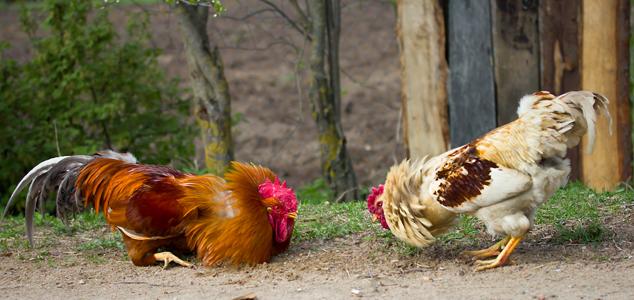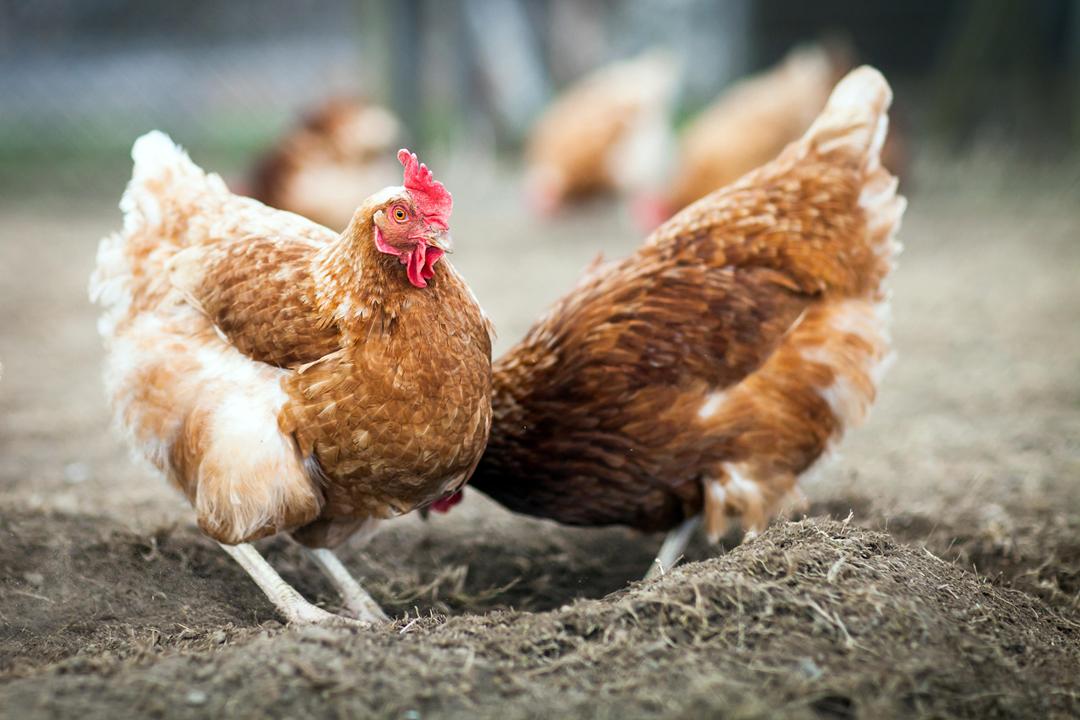What Attracts Pavement Ants: Understanding Their Behavior and Preferences
Guide or Summary:Food SourcesNesting SitesEnvironmental Factors#### IntroductionPavement ants, scientifically known as *Tetramorium caespitum*, are a common……
Guide or Summary:
#### Introduction
Pavement ants, scientifically known as *Tetramorium caespitum*, are a common sight in urban areas, often found nesting in cracks of pavement and sidewalks. Understanding **what attracts pavement ants** can help homeowners manage and prevent infestations effectively. In this article, we will explore the various factors that draw these ants to specific locations, their feeding habits, and practical tips for deterring them.
#### What Attracts Pavement Ants?
Pavement ants are primarily attracted to food sources, shelter, and suitable nesting sites. Their diet consists mainly of proteins, sugars, and fats, which they can find in various places. Here are some key factors that attract these ants:
Food Sources
Pavement ants are omnivorous scavengers, which means they consume a wide range of food. They are particularly drawn to:
- **Sugary Substances**: Sweet foods, including spilled soda, candy, and fruit, are irresistible to pavement ants.

- **Grease and Oils**: They are also attracted to greasy residues left from food preparation or consumption, such as pizza or fried foods.
- **Protein Sources**: In addition to sugars, pavement ants seek out protein-rich foods, including dead insects and pet food.
Nesting Sites
Pavement ants prefer nesting in warm, dry environments, which is why they often choose to build their colonies in cracks of pavement, under stones, or in landscaped areas. They can also invade buildings, particularly if there are gaps or cracks that provide entry points.
Environmental Factors
The environment plays a significant role in attracting pavement ants. They thrive in urban settings where food waste is prevalent. Factors such as:
- **Moisture**: While pavement ants prefer dry conditions, they are often found near moisture sources, such as leaky pipes or areas with standing water, as these can attract other insects that serve as food.
- **Seasonal Changes**: During the warmer months, pavement ants become more active and are more likely to forage for food, increasing their visibility and the likelihood of encounters with humans.
#### How to Deter Pavement Ants
Understanding **what attracts pavement ants** is crucial for prevention. Here are some practical steps to deter them:

1. **Clean Up Food Residues**: Regularly clean your kitchen and dining areas to eliminate food sources. Wipe down surfaces and vacuum crumbs to reduce attractants.
2. **Seal Entry Points**: Inspect your home for cracks and gaps that could serve as entry points for pavement ants. Use caulk or other materials to seal these openings.
3. **Manage Moisture**: Fix any leaks and ensure proper drainage around your home to minimize moisture that could attract ants and other pests.
4. **Use Bait Stations**: If you have an infestation, consider using bait stations specifically designed for pavement ants. These contain attractants that lure ants and poison that they carry back to the colony.
#### Conclusion
In summary, understanding **what attracts pavement ants** is essential for effective pest management. By recognizing their food preferences, nesting habits, and environmental factors, you can take proactive measures to deter these common pests from invading your home. With consistent efforts in cleanliness and maintenance, you can minimize the risk of pavement ant infestations and maintain a pest-free environment.